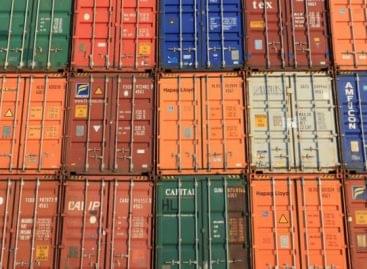VAT and its effects
When the new VAT rates were introduced in January, many thought that the 5-percent VAT on poultry, fresh milk and eggs would result in a market restructuring, e.g. consumer demand will increase for these products, product prices will drop. An April report by the Central Statistical Office (KSH) revealed that food prices increased by 1.9 percent on average, but the price of poultry decreased by 15.7 percent and eggs cost 3.4 percent less. It seems that the lower VAT rate pushes prices down in the given segment, but the growing prices of other products mean that in total consumers don’t pay less at the grocery store checkout than before the VAT reduction. Lower VAT is a good thing, but consumers won’t have more money left in their pocket because of it, and in the short term consumer demand for products doesn’t really increase. All in all, lowering the VAT isn’t enough to control product prices. The VAT can only be a supplementary tool in a well-planned retail trade policy. //
Related news
KSH: retail turnover in October exceeded the same period of the previous year by 3.1 percent and the previous month by 0.5 percent
🎧 Hallgasd a cikket: Lejátszás Szünet Folytatás Leállítás Nyelv: Auto…
Read more >Foreign trade of green peppers has fallen, but its surplus has increased
🎧 Hallgasd a cikket: Lejátszás Szünet Folytatás Leállítás Nyelv: Auto…
Read more >KSH: the foreign trade surplus in goods was 713 million euros in October; the volume of exports was 3.1 percent lower, and that of imports was 1.1 percent higher than in the same period of the previous year
🎧 Hallgasd a cikket: Lejátszás Szünet Folytatás Leállítás Nyelv: Auto…
Read more >Related news
Style, language and tools
🎧 Hallgasd a cikket: Lejátszás Szünet Folytatás Leállítás Nyelv: Auto…
Read more >Retail sales in a trap of uncertainty
🎧 Hallgasd a cikket: Lejátszás Szünet Folytatás Leállítás Nyelv: Auto…
Read more >KSH: retail turnover in October exceeded the same period of the previous year by 3.1 percent and the previous month by 0.5 percent
🎧 Hallgasd a cikket: Lejátszás Szünet Folytatás Leállítás Nyelv: Auto…
Read more >





